"Preserving the original spirit" amidst the vast forests of Binh Lieu
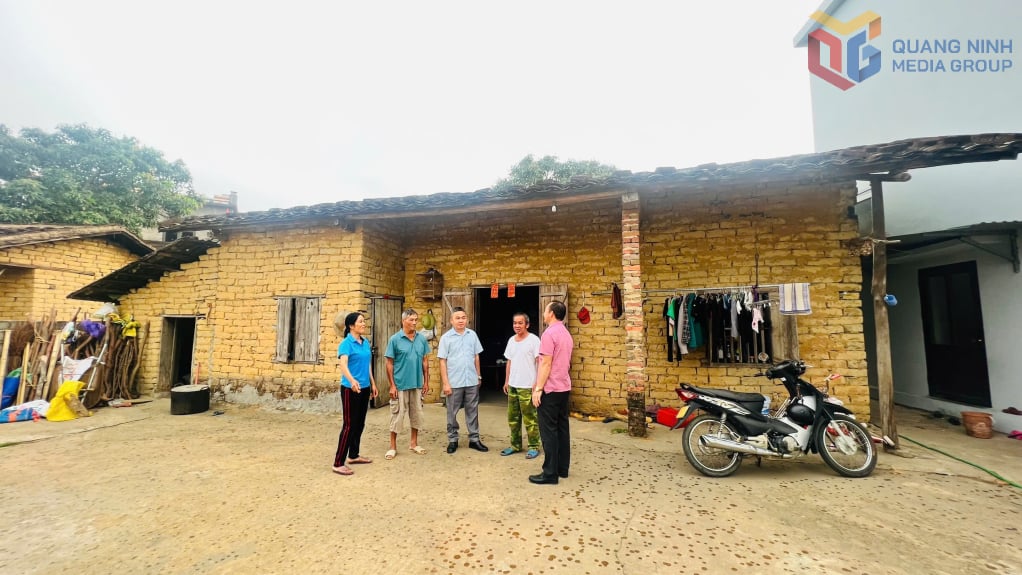
Nestled amidst the majestic mountains of Northeast Vietnam, Binh Lieu district is home to many ethnic minority communities, including the Tay people in Ban Cau village, Luc Hon commune. With its favorable location, unique natural landscape, and rich cultural heritage, Ban Cau has been identified as a potential destination for community-based tourism development linked to cultural preservation. However, the development journey of this village is fraught with challenges, facing numerous difficulties related to the economy , infrastructure, community awareness, and the risk of losing its traditional heritage.
Mr. Loan Thanh Len, Vice Chairman of the People's Committee of Luc Hon commune, shared: "One of the biggest obstacles currently is that the infrastructure system has not yet met the requirements for tourism development. Ban Cau still has not developed community tourism products, and lacks necessary supporting facilities such as guest houses, accommodation, or a system for introducing local specialties. Besides, the cultural heritage – an invaluable asset of the Tay people in Ban Cau – is facing the risk of rapid decline. Only 4 out of 83 traditional houses remain..."
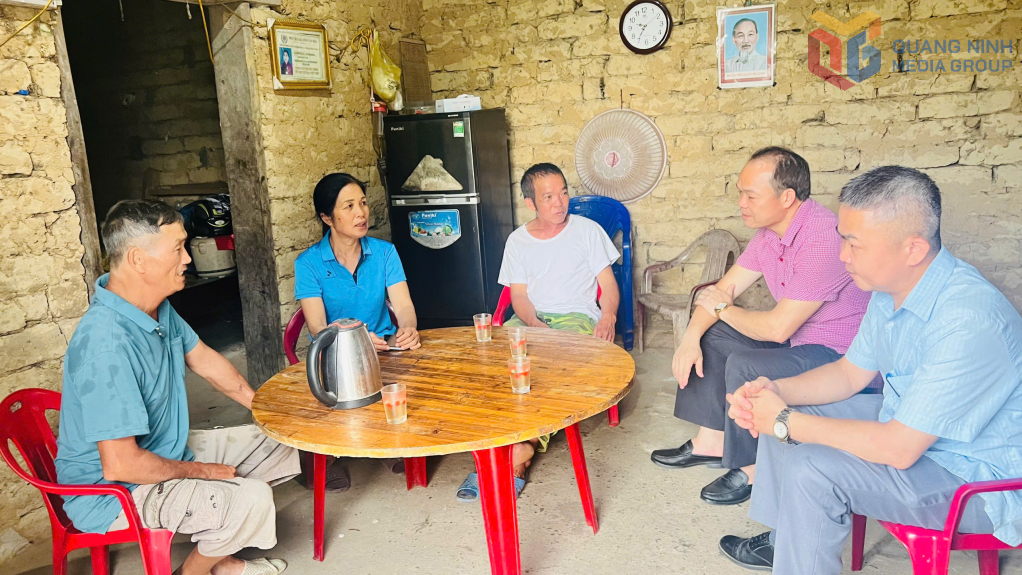
“Currently, Ban Cau village does not have the necessary conditions to develop tourism products, so the people of Ban Cau still mainly live by farming and forestry, and working as hired laborers. The households also lack the resources and capacity to develop tourism, so they need businesses to invest in guiding and supporting the people to work together,” shared Ms. Ly Thi Hoang, Head of Ban Cau village.
Mr. Giap The Phong, one of the four households that still preserve traditional houses in Ban Cau village, shared: Although the villagers want to participate in tourism, most don't know where to start, lacking knowledge, skills, and connections with the tourism market.
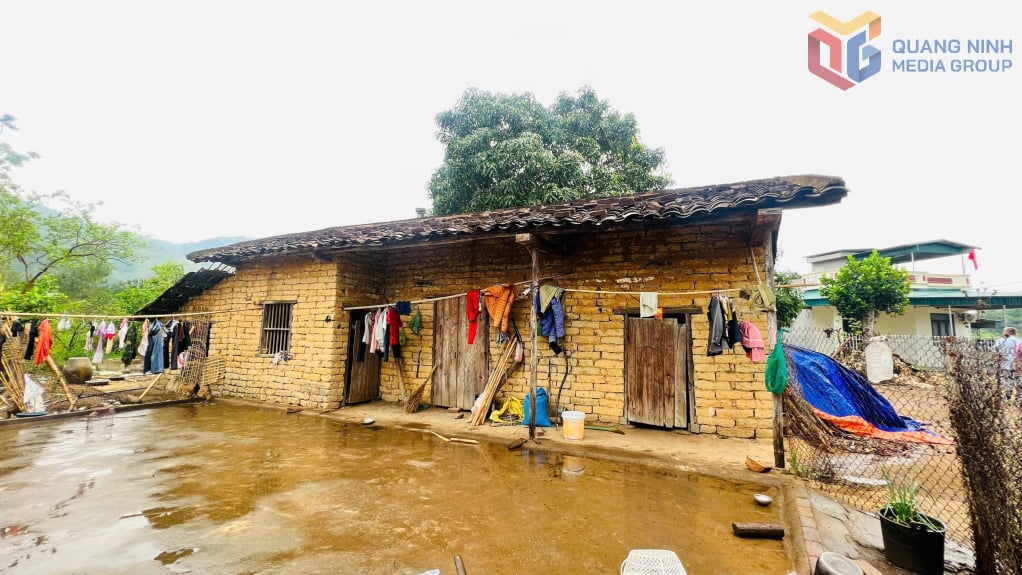
In response to this situation, Quang Ninh province and Binh Lieu district have demonstrated strong determination in preserving and sustainably developing ethnic minority villages. In particular, Ban Cau village has been selected as one of four villages to pilot the model of a community-based cultural and tourism village for the period 2023-2025, according to the province's Plan No. 161/KH-UBND.
In Bản Cáu, four exemplary households have been selected to restore traditional houses for tourism purposes. One particular household has been designated as a display area for traditional tools and household items, aiming to recreate the cultural space of the Tay people. This is a fundamental step towards gradually forming a traditional living space with a distinct identity, serving the development of community tourism. Activities such as teaching the Tay language, indigo weaving, and performing folk arts like Then singing and Tinh playing are being encouraged and expanded.
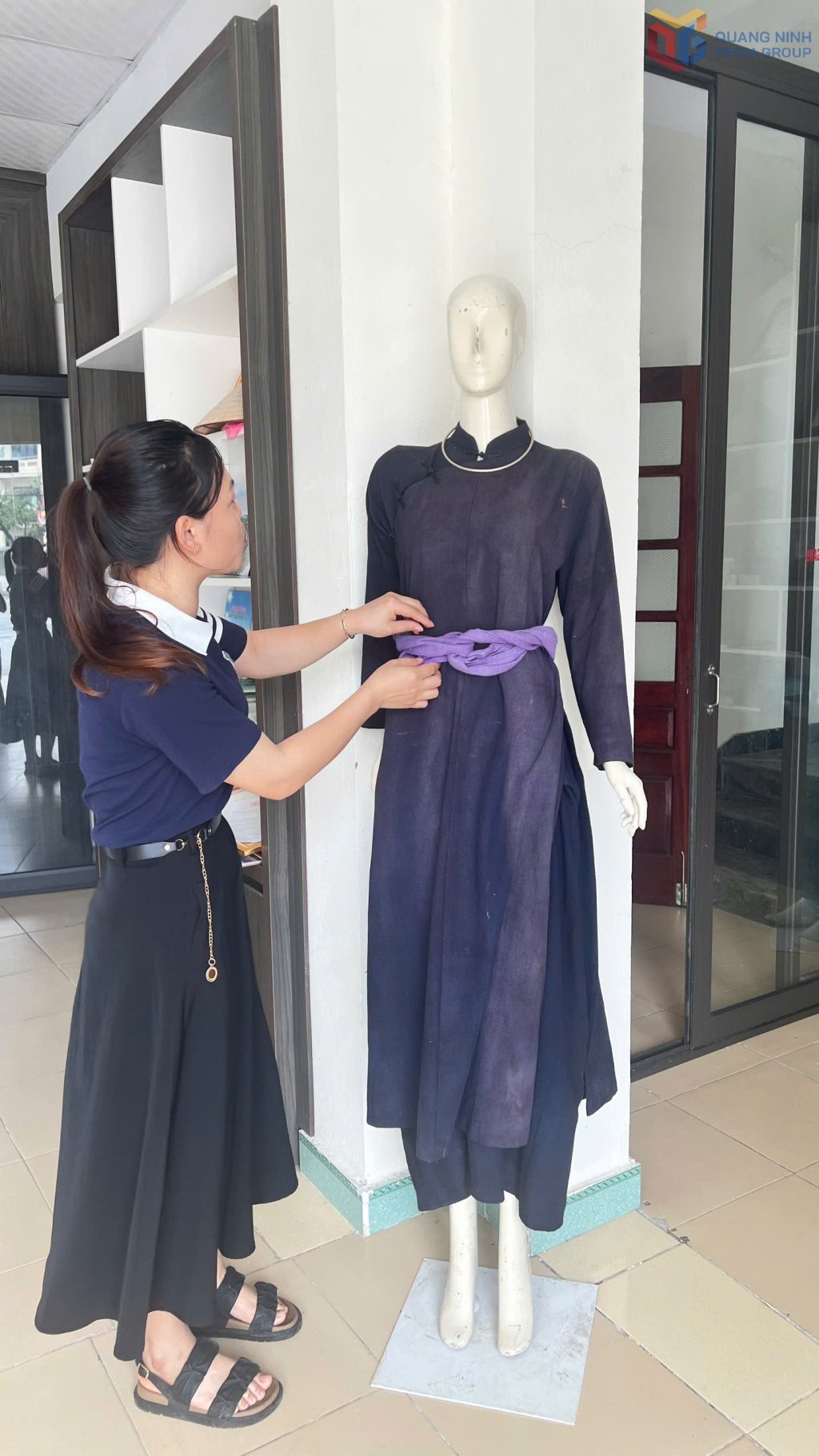
Mr. Vi Ngoc Nhat, Head of the Culture, Science and Information Department of Binh Lieu District, said: According to Plan 161/KH-UBND, Ban Cau (Luc Hon Commune) and Ban Luc Ngu (Huc Dong Commune) in Binh Lieu will have rural transportation infrastructure built around Ban Cau and a cultural heritage exhibition house. Furthermore, the development of a community-based tourism village model in Ban Cau is identified as a long-term strategy. Besides supporting the restoration of traditional architecture, the district is also focusing on guiding local people in tourism skills, communication, and civilized behavior; and connecting tours with nearby destinations such as Khe Van Waterfall, Binh Lieu forest, and border marker 1305 to create a linked tourism value chain in the highlands.
Since 2023, Binh Lieu district has also implemented a project to preserve Tay ethnic culture in conjunction with tourism development. Traditional festivals such as the New Rice Festival, the Soong Co Festival, and the Then singing and Dan Tinh playing festival are held annually and widely promoted. Notably, the first draft of the book "Learning the Tay Language" has been completed and is currently being proofread for widespread printing and distribution in the community and schools.
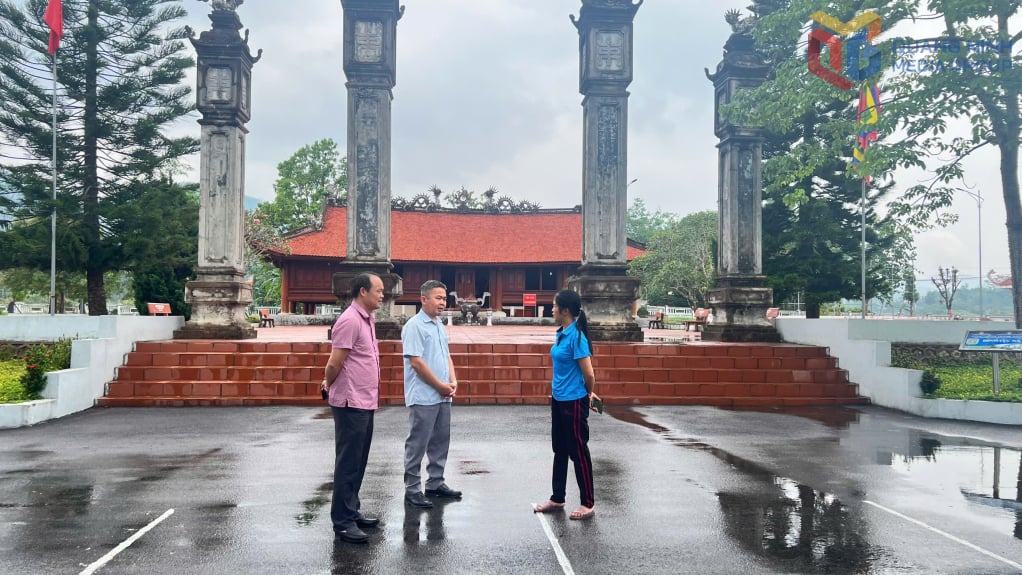
Beyond cultural development, Ban Cau is gradually moving towards becoming a green and eco-friendly tourist destination. Local authorities are coordinating efforts to improve the landscape, restore traditional living spaces, organize "Green Sunday" events, and encourage the use of environmentally friendly materials. Encourage the people Investing in renovating residential spaces into homestays, building organic vegetable gardens, and creating traditional check-in areas for tourists; conducting pilot projects such as "A Day as a Tay Person," which includes activities like harvesting rice, preparing traditional dishes, performing bamboo dances, and learning the Tay language... attracting the attention of both domestic and international tourists.
Raising awareness, fostering national pride, and promoting active community participation will be key to both preserving cultural identity and developing the economy sustainably. Despite facing many challenges, Bản Cáu, with the right and coordinated approach between the central and local levels, will surely become a model for community-based tourism development linked to heritage preservation in the highlands of Quảng Ninh.
Forming model villages in the highlands.
The development of community-based cultural tourism villages is not just a pilot project in a few isolated locations, but a comprehensive strategy being implemented synchronously by Quang Ninh province in many localities. This includes, in addition to Ban Cau (Tay ethnic group, commune...). Six Souls, Binh Lieu), three other locations including Luc Ngu (San Chi people, Huc Dong commune, Binh Lieu), Po Hen (Thanh Y Dao people, commune Hai Son, Mong Cai), and Vong Tre (San Diu people, commune Ordinary People, Van Don has been selected to develop exemplary community-based cultural and tourism village models for the period 2023-2025.
In Luc Ngu village, Huc Dong commune, Binh Lieu district, the San Chi people are striving to preserve their unique traditional values such as hand-embroidered clothing, their language, and long-standing customs. With the support of the district and commune authorities and the cultural sector, households here have begun renovating their houses and restoring traditional architecture. The Binh Lieu District People's Committee has implemented a detailed 1/500 scale planning for a community tourism village in Luc Ngu with a budget of 500 million VND, expected to be completed in 2025. The district is also coordinating the organization of San Chi language classes, handicraft weaving classes, the Soong Co festival, and strengthening communication to promote local identity.
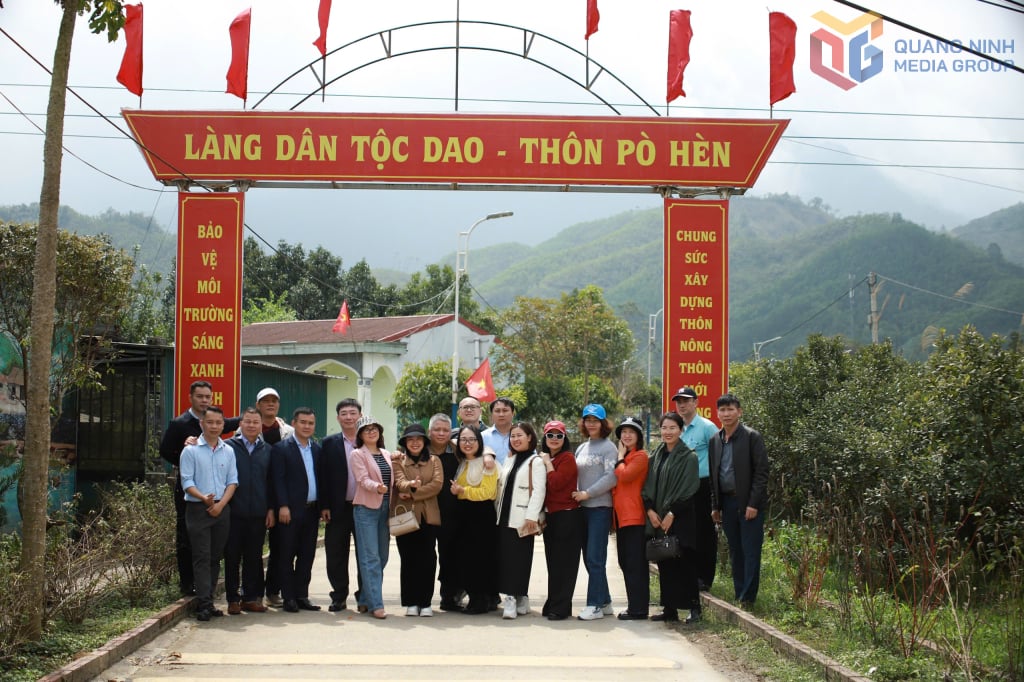
In Hai Son commune (Mong Cai city), Po Hen village is the main living area of the Dao Thanh Y ethnic group, preserving many traditional rituals and festivals, especially the coming-of-age ceremony - a sacred rite of passage. The People's Committee of Mong Cai city has implemented a plan for the Hai Son commune center along with the cultural village area in Po Hen, investing in the construction of internal village roads, a market, and environmental sanitation facilities. The Po Hen market has become a hub for trade and a unique cultural highlight in the border region.
Vong Tre, Binh Dan commune (Van Don district), is home to the San Diu ethnic community – an ethnic group with a rich folk culture, including soong co songs, wedding customs, and folk literature. In 2024, Quang Ninh province allocated 6 billion VND to Van Don district (4.2 billion VND from the province and 1.8 billion VND from the district budget) to complete the San Diu ethnic cultural space in Vong Tre. The locality organized the opening of the Community Cultural and Tourism Village, built a traditional village gate, and added a community center with characteristic cultural artifacts. The district also published 1,000 copies of the book "Folk Literature of the San Diu Ethnic Group in Van Don" for dissemination within the community and teaching in schools.
Beyond its conservation aspect, the community-based tourism model in ethnic minority villages also opens up a path towards sustainable economic development. Local authorities have been focusing on integrating OCOP (One Commune One Product) products into the tourism ecosystem: ginger, vermicelli, plums, Van Yen oranges, herbs, honey, anise essential oil, etc. Simultaneously, they are developing experiential tourism tours from Ha Long - Mong Cai - Binh Lieu - Van Don, creating a regional link between ethnic minority cultural destinations. The province is also strengthening vocational training for local people, especially women and youth, in skills such as guiding, communication, welcoming guests, and preparing traditional dishes, thereby increasing the percentage of people directly participating in tourism activities.
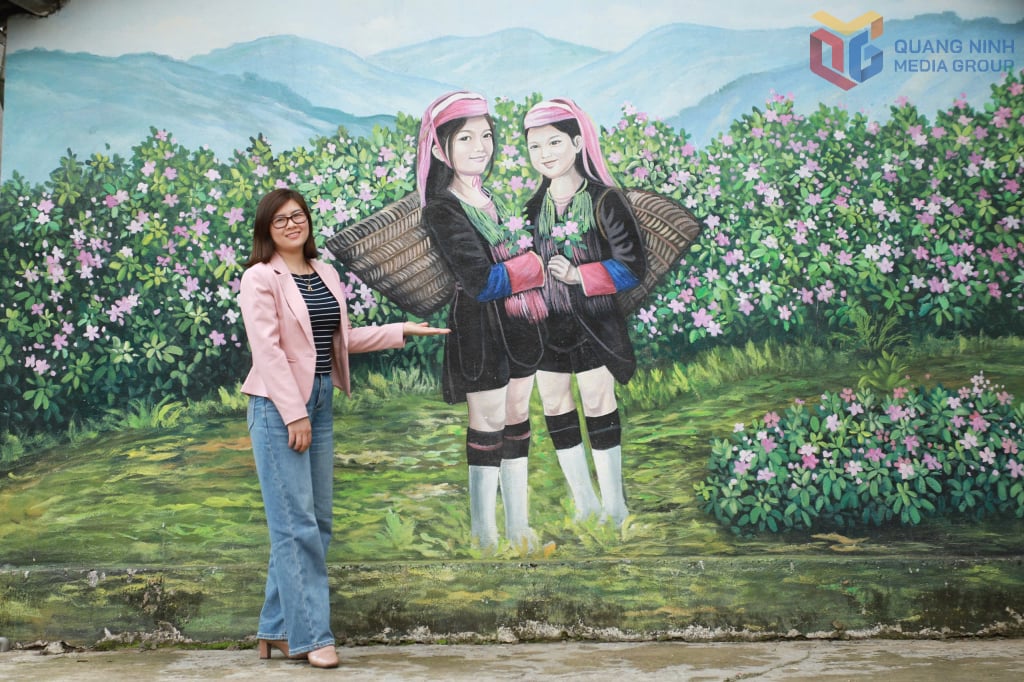
With clear direction, the synchronized involvement of the entire political system, and the positive response of the people, community-based cultural and tourism village models in Quang Ninh are gradually taking on a new appearance. This provides a basis for replicating successful models, aiming to build exemplary villages that both preserve traditional cultural identity and provide sustainable livelihoods for people in the mountainous and border areas of Quang Ninh province.
In 2024, Quang Ninh province allocated over 28 billion VND to implement Plan 161 in these three localities. Of this amount, Mong Cai City received 10.5 billion VND, Van Don district 10.9 billion VND, and Binh Lieu district 7.4 billion VND. By 2025, the total investment budget is expected to continue increasing, demonstrating a strong commitment to implementing Resolution 06-NQ/TU.
However, the implementation process still faces many challenges. Some localities encounter difficulties in planning procedures, and the progress of investment projects is slow. Community tourism activities are not yet professional, lacking the participation of travel agencies, and the local tourism workforce has not received proper training. The most significant policy shortcoming is the lack of policies supporting businesses investing in ethnic minority villages. In addition, some people still harbor reservations and anxieties about transitioning their production models to serve tourism.
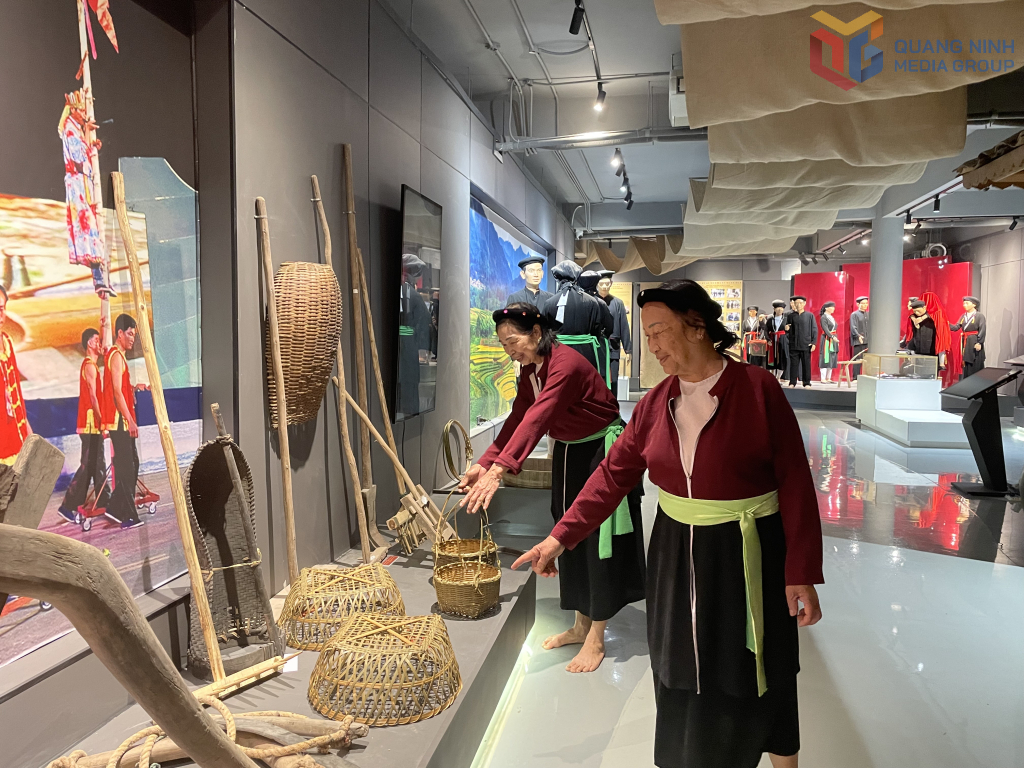
Faced with this situation, the province identified training and capacity building for the community as key. Dozens of training courses have been organized on accommodation services, traditional food processing, local tour guiding, and on-site tourism skills. At the same time, the province is stepping up communication and promotion of community tourism on digital platforms, gradually shaping the brand for each ethnic village.
In parallel, Quang Ninh has also actively implemented specific support programs for ethnic minority and mountainous areas, such as building cultural centers, community centers, ecological toilet systems, and waste treatment systems at tourist destinations. In particular, the project to restore cultural spaces in ethnic villages has led to the development of themed experiential tourism routes such as: "A Day as a Dao Person," "Experiencing a Highland Market," "Artisans Telling Village Stories," etc.
The construction of ethnic minority community-based cultural and tourism villages is not only a solution for economic development, but also a practical action to concretize Resolution 06-NQ/TU, gradually creating a breakthrough in the comprehensive development of ethnic minority, mountainous, and border regions. Pilot models such as Ban Cau, Luc Ngu, Po Hen, and Vong Tre are igniting new hope, bringing momentum and vitality to the transformation in the highlands of Quang Ninh, as well as building model villages in ethnic minority areas of the province. This is not only a short-term direction but also a long-term strategy for Quang Ninh to become a shining example in the development of community-based cultural tourism in ethnic minority areas nationwide.
Source: https://baoquangninh.vn/giu-hon-ban-dung-lang-no-am-3357549.html



![[Photo] Prime Minister Pham Minh Chinh presides over a meeting on private sector economic development.](/_next/image?url=https%3A%2F%2Fvphoto.vietnam.vn%2Fthumb%2F1200x675%2Fvietnam%2Fresource%2FIMAGE%2F2025%2F12%2F20%2F1766237501876_thiet-ke-chua-co-ten-40-png.webp&w=3840&q=75)


































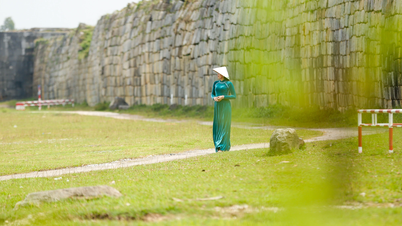


























































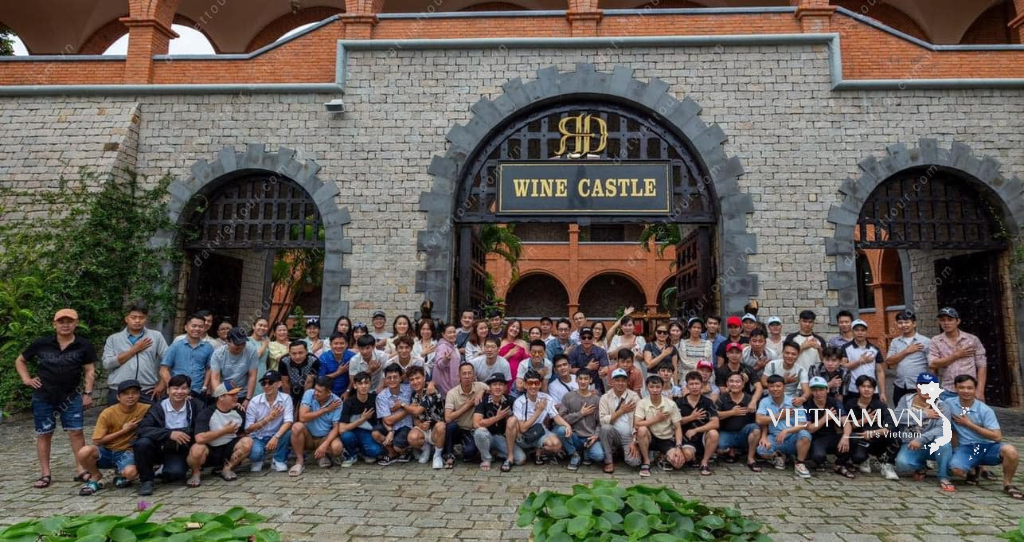


Comment (0)